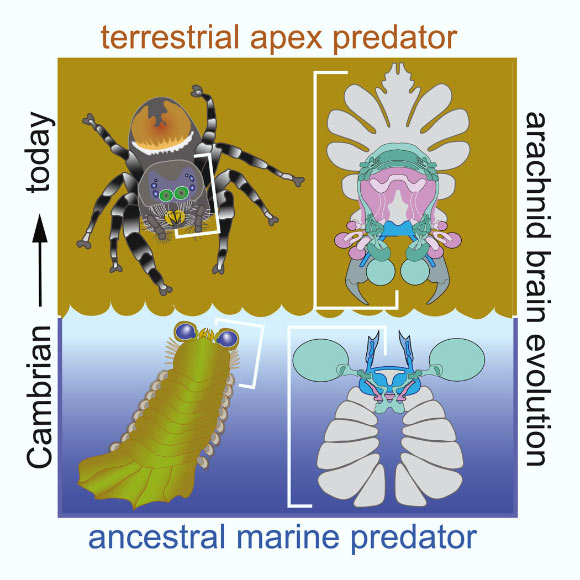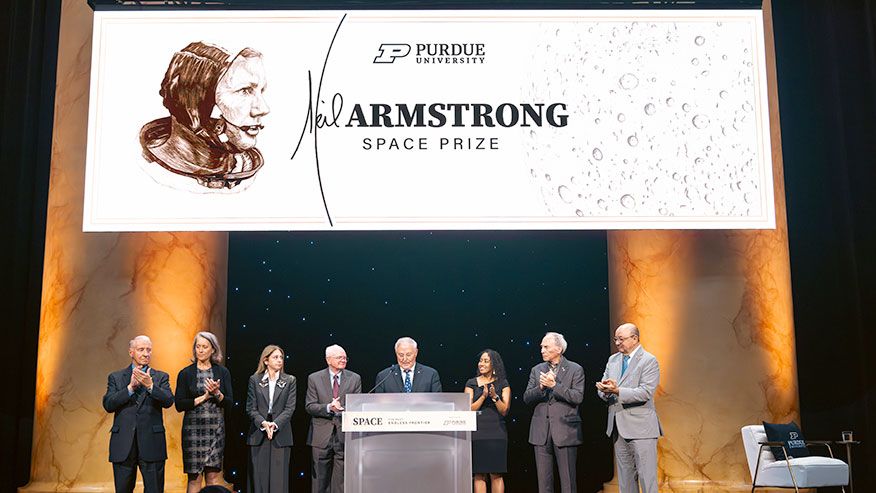Now Reading: Study Traces Arachnids’ Origins to Ancient Cambrian Seas
-
01
Study Traces Arachnids’ Origins to Ancient Cambrian Seas
Study Traces Arachnids’ Origins to Ancient Cambrian Seas

Speedy Summary
- Research Findings: Fossilized features of Mollisonia symmetrica‘s brain and nervous system, dating back 508 million years, show similarities to modern arachnid structures (spiders and scorpions).
- Significance: the revelation challenges the belief that arachnid diversification took place only after their ancestors adapted to terrestrial environments.
- Key Traits Described:
– An unsegmented backward-folded brain characteristic of arachnids.
– Neural arrangements similar to spiders, including segmental ganglia controlling appendages and claw-like structures resembling spider fangs.
– Contrasts in neural association with other arthropods like horseshoe crabs and crustaceans.
- Evolutionary Implications: Suggests that arachnid-like traits may have appeared earlier in evolutionary history than previously thought. This back-to-front brain structure is linked with adaptations in computational speed, dexterity for web-spinning, hunting stealth, and rapid movements.
indian Opinion Analysis
This research on Mollisonia symmetrica sheds light on one of the earliest forms of nervous system evolution among arthropods, tracing key characteristics shared by modern-day arachnids. For India-a country steeped in biodiversity research-such findings offer valuable insights into understanding ancestral links between marine organisms and terrestrial ecosystems.India’s commitment to conservation-related sciences could benefit from such paleontological discoveries by fostering curiosity about life’s evolutionary transitions.
Furthermore, this deepened understanding underscores the significance of fossil studies globally and also within regions possessing unique paleontological deposits. Such investigations hold potential for advancements in applied sciences through biomimicry inspired by ancient adaptive traits like those observed here in spiders. Encouraging collaborative efforts between Indian researchers and global institutions might amplify benefits derived from these evolutionary breakthroughs.




























